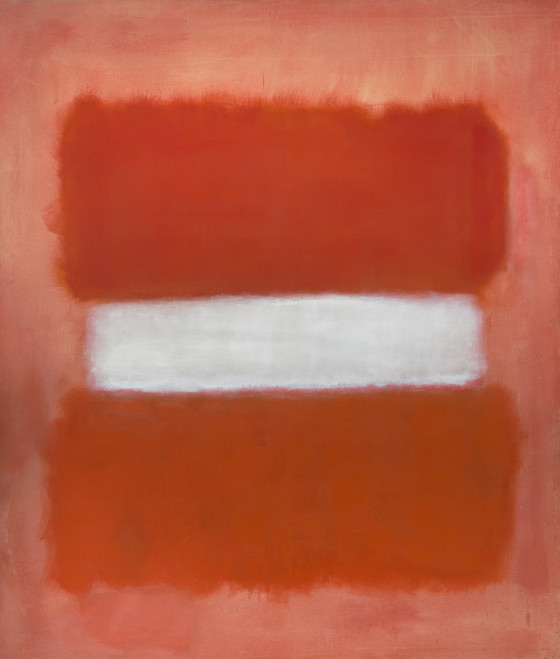White Center

From the Collection: Mark Rothko's White Center
Abstract Expressionist Mark Rothko is known for the hovering, shimmering fields of color in his mature paintings. White Center reflects his fascination with the emotional and visual power of the color red, which dominates his canvases of the 1950s and 1960s. The red rectangles suggest ritual and elemental associations (blood and fire, life and death), while an inner light appears to emanate from the white center, suggesting an ethereal, numinous glow. For Rothko, color was key to a spiritual realm, evoking transcendental truths that could not be expressed through recognizable imagery...
White Center
Broad Contemporary Art Museum, floor 3
Since gallery displays may change often, please contact us before you visit to make certain this item is on view.